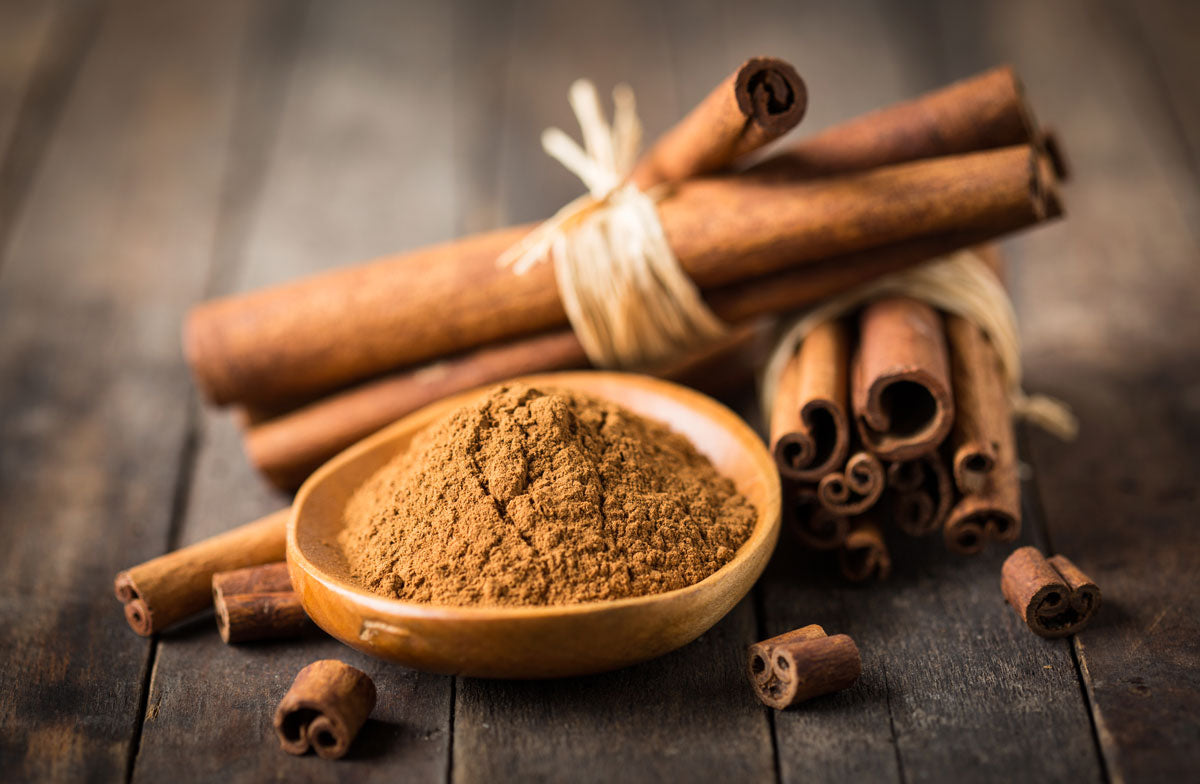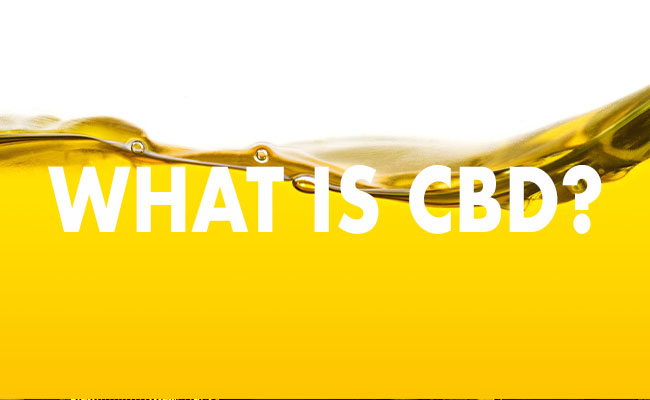
Cinnamon | From the Kitchen to Chronic Disease
WRITTEN BY TRANG TRAN AND DR. SWATHI
What is cinnamon and what are the different kinds?
Cinnamon is obtained from the inner bark of trees from the genus Cinnamomum. Cinnamomum loureirii is known as Saigon or Vietnamese cinnamon and C. burmanni is known as Indonesian cinnamon, but the two main kinds of cinnamon are Cinnamomum zeylanicum (CZ; also known as C. verum or Ceylon cinnamon or “true cinnamon”) and Cinnamomum cassia (CC; also known as Cinnamomum aromaticu or Chinese cinnamon). Most cinnamon spice sold, such as cassia, is actually not true cinnamon; “true cinnamon” (i.e., Ceylon cinnamon) is milder than cassia, but has a more subtle and complex flavor than cassia.
What is cinnamon used for?
Besides its culinary uses, cinnamon is considered a remedy for digestive and respiratory ailments. Remarkably, the German Commission E and the European Scientific Cooperative on Phytotherapy (ESCOP) approved two medicinal herbs: C. zeylanicum and C.cassia to treat loss of appetite, indigestion, bloating, and flatulence. Several studies have shown promising results on many therapeutic effects of cinnamon including its antimicrobial, antiviral, antifungal, antioxidant, anti-tumor, blood-pressure lowering, blood-cholesterol lowering, and anti-diabetic effects.
What is the role of cinnamon in chronic diseases?
Diabetes
In one study, cinnamon significantly reduced the hemoglobin A1c or HbA1c (this reflects the average blood sugar levels for the past 3 months) and blood pressure for patients with poorly controlled type 2 diabetes. Therefore, the researchers concluded that cinnamon supplementation could be considered as an additional dietary supplement option to regulate blood sugar and blood pressure levels along with conventional medications to treat type 2 diabetes mellitus. Another study concluded that when added to conventional blood-sugar lowering medication and other lifestyle therapies, cinnamon may have only modest effects on fasting blood sugar and HbA1c and may provide some additional lowering. Though cinnamon can be considered as an adjunct to conventional therapy, it should not be viewed as an alternative to established glucose-lowering drugs. Of note, the National Institutes of Health and National Center for Complementary and Integrative Health do not recognize the use of cinnamon for either the treatment or prevention of diabetes.
The ability of CZ to reduce intestinal absorption of glucose may explain one of the biological effects of CZ on glycemic control. Although the blood pressure-lowering mechanism of cinnamon is unknown, animal studies have indicated that cinnamon regulates blood pressure levels through peripheral vasodilation which might be partially through calcium channels blocking properties. Additionally, cinnamon has been shown to lower bad cholesterol, triglycerides, circulating insulin level, and increase good cholesterol. The high fiber content of CZ could result in reduced intestinal cholesterol absorption and the high vitamin/antioxidant could result in increased cholesterol metabolism. Moreover, cinnamon polyphenols have antioxidant properties that may benefit chronic diseases such as cardiovascular disease and diabetes.
In essence, studies surrounding cinnamon and diabetes yielded conflicting results due to the use of different varieties of cinnamon, the use of an old stock of ground cinnamon (active components may volatize into the air), different doses, irradiated cinnamon, or other problems in research methodology.
Pain management
Cinnamon bark from C. zeylanicum is one of the oldest traditional medicines used in India for inflammatory and pain-related disorders. An herbal ophthalmic medicament containing 0.5% cinnamon was found to be effective at exerting anti-inflammatory activity on eye inflammation in rabbits. The pain-relieving and fever-reducing activity of cinnamon bark were also reported. Interestingly, cinnamon can act both as an immune stimulant and an immunosuppressant depending on the species and dose. The potential of cinnamon bark to relieve inflammation and pain and enhance the immune system makes it a good anti-arthritic agent.
Allergies
Cinnamon may have anti-inflammatory effects in allergies through the inhibition of histamine production.
What is the role of cinnamon in dentistry?
Oral hygiene products based on herbal extracts are well-known in the field of dental medicine. For example, one of the substances most used by dental professionals is eugenol (extracted from cinnamon leaf essential oil), which is an active component of root canal sealers, cements, and others. The primary components of cinnamon essential oils and extracts are cinnamaldehyde, eugenol, phenol, and linalool. Whereas the cinnamon bark essential oil has a higher cinnamaldehyde content (65-80%) and a low eugenol content (5-10%), the extract from leaves is rich in eugenol (10-95%) and may also have a high cinnamaldehyde content. Cinnamaldehyde and eugenol contribute to the strong antimicrobial properties. It was found that cinnamon essential oil has a strong antimicrobial effect against Candida (a type of yeast). Due to their antibacterial, antifungal, and other properties, cinnamon essential oil and extracts could be beneficial in caries and periodontal disease prevention, endodontics, and candidiasis treatment. Moreover, they have potential uses in mouth rinses, toothpastes, or as a root canal irrigant, showing promise as an antimicrobial agent in dentistry.
What are the safety concerns of cinnamon?
The most common side effects of cinnamon are gastrointestinal disorders and allergic reactions which are self-limiting in most cases. In short, cinnamon is safe to be used in routine diet as a spice and/or flavoring agent and is well tolerated. However, medicinal uses with larger doses or longer duration of use may be associated with significant adverse effects and should be clinically monitored. According to the US Department of Health, cinnamon appears to be safe when taken by mouth up to 6 grams daily for six weeks. The European Food Safety Authority sets the daily tolerable intake at about a teaspoon per day or 0.1 mg/kg body weight. In terms of herb-drug interactions, it has been reported that taking cinnamon with statins (cholesterol medications) may cause inflammation of the liver. Coumarin is a substance that may cause liver damage and as a result of its lower coumarin levels, Ceylon cinnamon is safer to use than Cassia cinnamon.
The bottom line
Cinnamomum zeylanicum or Ceylon cinnamon or “true cinnamon” and Cinnamomum cassi or Chinese cinnamon are the two main kinds of cinnamon. Cinnamon plays a role in chronic diseases and in the field of dentistry, but the role in the setting of diabetes is unclear due to variations in research methodology. At any rate, in general, cinnamon is safe to use in the form of a spice with Ceylon cinnamon being safer than Cassia cinnamon.
References:
- Costello RB, Dwyer JT, Saldanha L, Bailey RL, Merkel J, Wambogo E. Do Cinnamon Supplements Have a Role in Glycemic Control in Type 2 Diabetes? A Narrative Review. J Acad Nutr Diet. 2016;116(11):1794-1802. doi:10.1016/j.jand.2016.07.015
- Gruenwald J, Freder J, Armbruester N. Cinnamon and health. Crit Rev Food Sci Nutr. 2010;50(9):822-834. doi:10.1080/10408390902773052
- Hajimonfarednejad M, Ostovar M, Raee MJ, Hashempur MH, Mayer JG, Heydari M. Cinnamon: A systematic review of adverse events. Clin Nutr. 2019;38(2):594-602. doi:10.1016/j.clnu.2018.03.013
- Hariri M, Ghiasvand R. Cinnamon and Chronic Diseases. Adv Exp Med Biol. 2016;929:1-24. doi:10.1007/978-3-319-41342-6_1
- Ranasinghe P, Galappaththy P. Health benefits of Ceylon cinnamon (Cinnamomum zeylanicum): a summary of the current evidence. Ceylon Med J. 201
- Ranasinghe P, Pigera S, Premakumara GA, Galappaththy P, Constantine GR, Katulanda P. Medicinal properties of 'true' cinnamon (Cinnamomum zeylanicum): a systematic review. BMC Complement Altern Med. 2013;13:275. Published 2013 Oct 22. doi:10.1186/1472-6882-13-275
- Sharma S, Mandal A, Kant R, Jachak S, Jagzape M. Is Cinnamon Efficacious for Glycaemic Control in Type-2 Diabetes Mellitus?. J Pak Med Assoc. 2020;70(11):2065-2069.
- Yanakiev S. Effects of Cinnamon (Cinnamomum spp.) in Dentistry: A Review. Molecules. 2020;25(18):4184. Published 2020 Sep 12. doi:10.3390/molecules25184184
--
This article was edited by Dr. Swathi and was written by Element Apothec Scientific Communications Intern, Trang Tran. She is a Doctor of Pharmacy (PharmD) student at Oregon State University and Oregon Health & Science University College of Pharmacy in Portland, Oregon.











